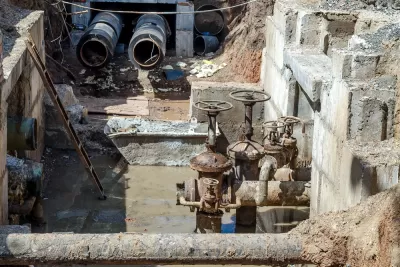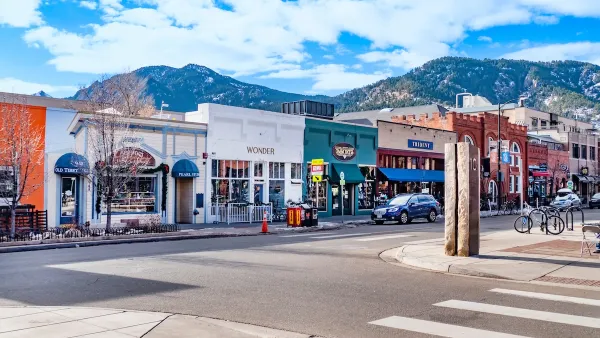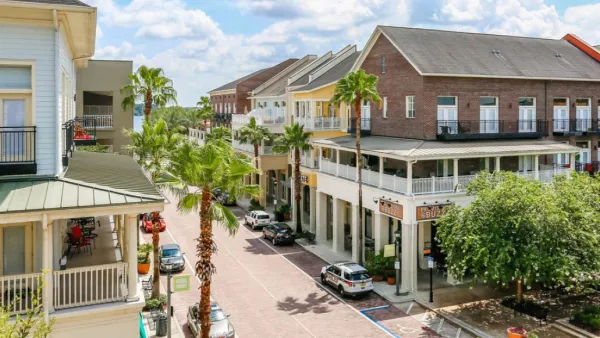An example from St. Louis County shows one way that sprawl is subsidized by areas closer to the regional center.

Richard Bose makes a point about the relative costs of utilities like water and electricity, depending on whether you live in the sprawling reaches of a region or closer to the dense urban core: "for the same amount of usage, households closer together subsidize households further apart."
The inequity occurs because utilities don't charge for the length or the size of infrastructure, and Bose has an obvious example from the St. Louis region to prove that point.
Missouri American Water has 4,200 miles of water mains and 31,000 fire hydrants in St. Louis County. Bills are calculated with the sum of a minimum customer charge based on water meter diameter and usage (MO American Water rates).
Like many other water systems around the country, the infrastructure that Missouri American Water and its users rely on has reached the end of its useful life.
Recognizing the need to replace old pipes, the Missouri Legislature authorized Missouri American Water to charge customers for infrastructure replacement in 2003. Missouri American Water added a fee on bills called the Infrastructure System Replacement Surcharge (ISRS). Since its inception, MO American Water has spent $445 million on improvements to water distribution and hydrant upgrades in St. Louis County.
With no consideration given to the amount of the infrastructure need to supply water to customers, the rate instead applies a universal charge of $0.7642 per 1000 gallons of water. Bose does the math to discover the winners and losers under that fee structure (read the full article for the details), also finding that the rate is likely much to low to pay for existing and future costs.
FULL STORY: How We Subsidize Spread-out Places Via Utilities

Planetizen Federal Action Tracker
A weekly monitor of how Trump’s orders and actions are impacting planners and planning in America.

Maui's Vacation Rental Debate Turns Ugly
Verbal attacks, misinformation campaigns and fistfights plague a high-stakes debate to convert thousands of vacation rentals into long-term housing.

Restaurant Patios Were a Pandemic Win — Why Were They so Hard to Keep?
Social distancing requirements and changes in travel patterns prompted cities to pilot new uses for street and sidewalk space. Then it got complicated.

In California Battle of Housing vs. Environment, Housing Just Won
A new state law significantly limits the power of CEQA, an environmental review law that served as a powerful tool for blocking new development.

Boulder Eliminates Parking Minimums Citywide
Officials estimate the cost of building a single underground parking space at up to $100,000.

Orange County, Florida Adopts Largest US “Sprawl Repair” Code
The ‘Orange Code’ seeks to rectify decades of sprawl-inducing, car-oriented development.
Urban Design for Planners 1: Software Tools
This six-course series explores essential urban design concepts using open source software and equips planners with the tools they need to participate fully in the urban design process.
Planning for Universal Design
Learn the tools for implementing Universal Design in planning regulations.
Heyer Gruel & Associates PA
JM Goldson LLC
Custer County Colorado
City of Camden Redevelopment Agency
City of Astoria
Transportation Research & Education Center (TREC) at Portland State University
Jefferson Parish Government
Camden Redevelopment Agency
City of Claremont





























